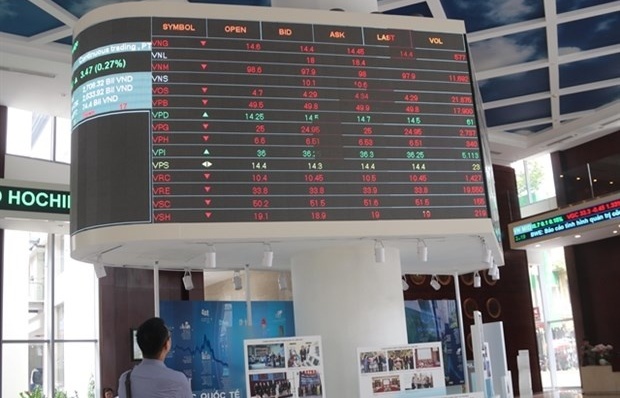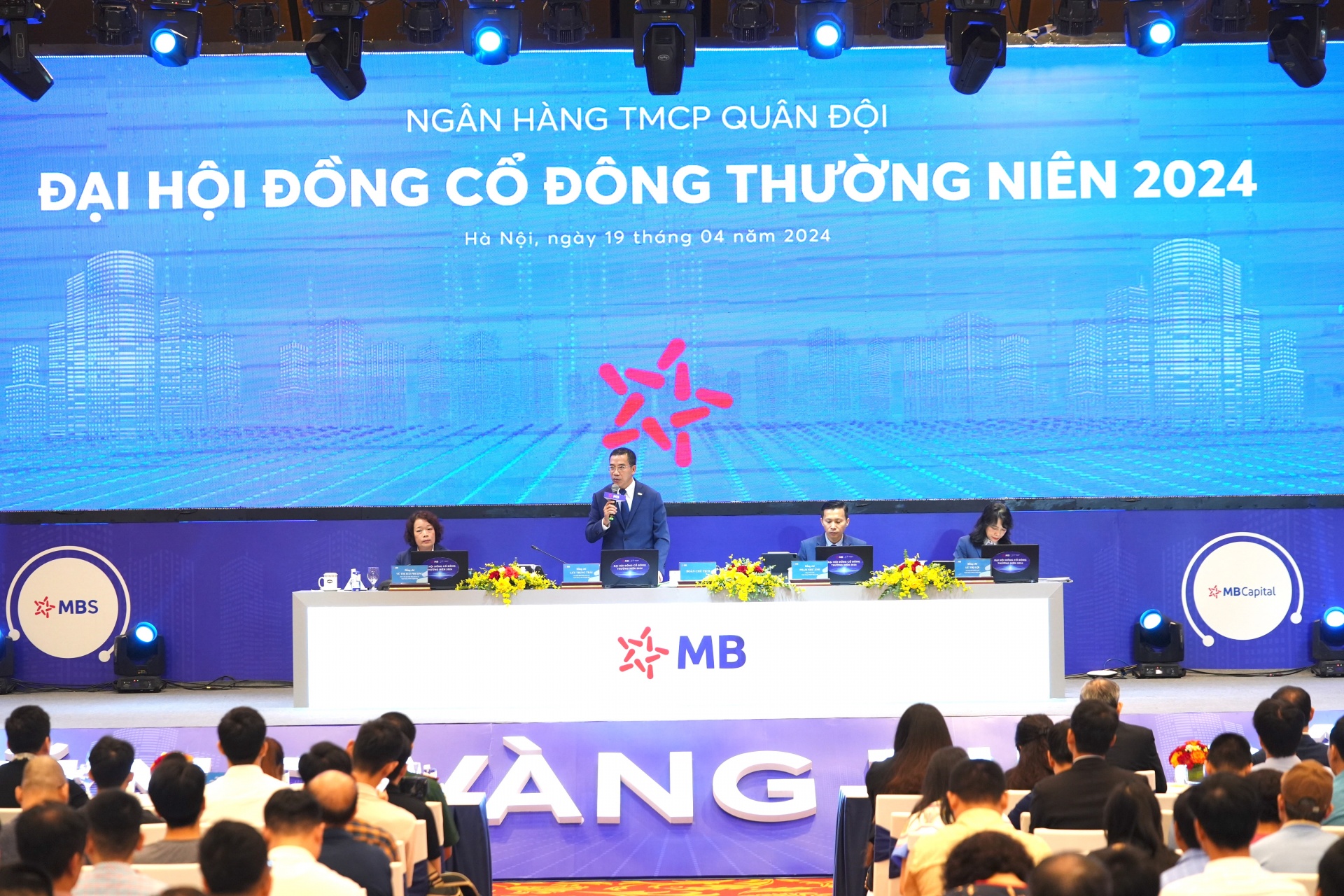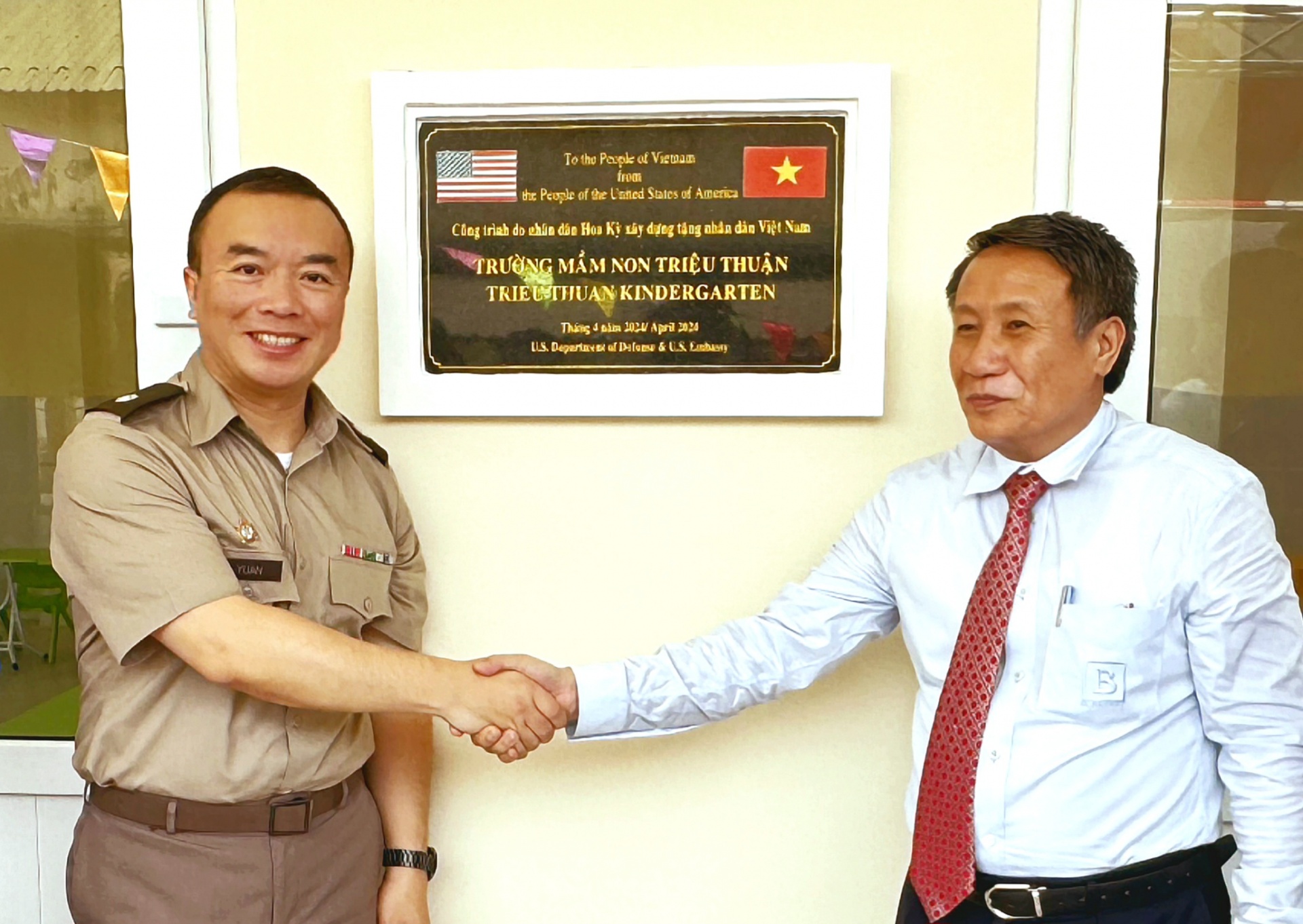Tech goals rising for a digital decade
 |
| Tech goals rising for a digital decade, illustration photo |
Six years ago, when the government released its 2016-2020 economic restructuring plan, digitalisation and the digital economy still remained new concepts to policymakers.
However, these have become some of the key phrases in the country’s draft plan for economic restructuring during 2021-2025, with an overall goal to make Vietnam a nation strong in digitalisation in many key sectors of the economy.
The National Assembly (NA) has adopted a landmark resolution on economic development for 2021-2025, which set a relatively high economic growth rate of 6.5-7 per cent a year, with the country set to become a higher middle-income nation by 2025.
Under the resolution, per capita GDP by the middle of the decade is expected to be $4,700-5,000, while the ratio of the processing and manufacturing industry in GDP is set to be over 25 per cent; the ratio of the digital economy in GDP at 20 per cent; and the ratio of total factor productivity in economic growth will likely be 45 per cent. Labour productivity is projected to increase by over 6.5 per cent annually.
| Targets for Vietnam’s digital economy over the next decade Basic targets by 2025 - Vietnam will be among the top 70 nations in e-government in the UN Department of Economic and Social Affairs’ E-Government Development Index (EGDI); - Digital economy will account for 20 per cent of GDP; - Ratio of the digital economy in each industry will reach at least 10 per cent; - Annual labour productivity will increase by at least 7 per cent; - Vietnam will be among the top 50 nations in information; - Vietnam will be among the top 50 nations in global competition; - Vietnam will be among the top 35 nations in innovation. Basic targets by 2030 - Vietnam will be among the top 50 nations in e-government in EGDI; - Digital economy will account for 30 per cent of GDP; - Ratio of the digital economy in each industry will reach at least 20 per cent; - Annual labour productivity will increase at least 8 per cent; - Vietnam will be among the top 30 nations worldwide in information, global competition, and innovation. Source: National programme on digital transformation until 2025, with a vision to 2030 |
Fostering a digital economy
“Digital transformation (DT) will be implemented drastically, with construction of a digital economy, a digital government, and a digital society in the 2021-2025 period,” said a government report on Vietnam’s economic restructuring plan just submitted to the NA for discussion. “Economic restructuring must be considered a pivotal and persistent task that must be implemented in concert among sectors and from the central to the grass roots levels. It must rely on science and technology, innovation, and DT.”
The plan is scheduled for adoption on November 12.
Last year, the Politburo promulgated a conclusion on overcoming the impacts of COVID-19 for national economic recovery and development. The conclusion underlined the need for Vietnam to develop a digital government, a digital economy, and a digital society with renovation and application of science and technology. “Resources are gathered to develop a number of shared technological platforms and national key database systems,” the conclusion stated. “It is necessary to boost the formulation of policy frameworks and complete legal frameworks for new business models and for DT.”
Also last year, the government approved a national programme on DT until 2025, with a vision to 2030. This programme lays a firm foundation for implementing the current economic restructuring plan.
Along with the Politburo’s hallmark Resolution No.52-NQ/TW released in September 2019 on a number of guidelines and policies to actively participate in the Fourth Industrial Revolution, the programme is a big addition to Vietnam showing its strong determination to become a digital economy, in which new products, services, solutions, and business models are accepted in tandem with the country’s gradual completion of legal frameworks.
“The government will create new policies to stand ready to accept and pilot new technological solutions controllably. There must be a culture of accepting and piloting new things,” stated Prime Minister Pham Minh Chinh. “Vietnam’s technological digital businesses are the key developers of infrastructure, platforms, services, and solutions of DT. They will have to master core technology and then expand their presence to the global markets.”
Vietnamese enterprises are to be facilitated to cooperate with global tech giants in order to research, develop, transfer, and apply new technologies and models in Vietnam.
In its digital economy development programme, the government will aim to develop four types of digital businesses – major trade and service groups to shift to digital technology investment and core technology; IT businesses revolving around research and development (R&D) and production; digital startups to create new products; and businesses with innovation in digital technology.
Notably, Vietnam will shift from assembly and processing to create Make-in-Vietnam products. Moreover, the country will research, develop, and master all technologies, and produce digital equipment such as smartphones, smart TVs, tablets, and Internet of Things (IoT) equipment in service of society, while meeting all technical standards on ensuring cybersecurity and cybersafety.
Jeff Paine, managing director of the Asia Internet Coalition (AIC), told VIR that Vietnam is full of potential to become a digital economy. In recent years, Vietnam has taken steps to attract local talent back home. This has enabled a burgeoning entrepreneurial scene, where start-ups and small businesses that leverage technology have emerged.
“With the ongoing trade war between the US and China, Vietnam also is well poised to meet demand if companies shift production capacity out of China into other Southeast Asian economies like Vietnam,” Paine said. “The opportunities from these developments are enormous, as the availability of local tech talent in a country with almost 100 million people will create a foundation upon which global tech companies can invest and develop innovative products and services for both local and regional markets. Grab, which opened an R&D centre in Ho Chi Minh City in 2017, is an example.”
Supporting businesses
Minister of Planning and Investment Nguyen Chi Dung said that to foster a digital economy with strong DT, assisting businesses to digitalise themselves counts most.
“We will remove institutional obstructions at all levels, with pilot implementation of new issues. We must accelerate DT, effectively tap into and use digital resources, and encourage innovation in order to increase the economy’s productivity, effectiveness, and competitiveness.”
“There will be an increase in tax-related incentive policies for boosting DT and application of scientific and technological advancement and innovation,” Minister Dung said.
The Ministry of Planning and Investment (MPI) is drafting a decision in which R&D is one of the criteria for foreign-invested enterprises (FIEs) to enjoy special incentives.
To enjoy a honeymoon corporate income tax (CIT) rate for a few decades, FIEs should earmark about 0.5-2 per cent of their annual profit for R&D, and the ratio of labourers in R&D among the FIE’s total employees should be 1-3 per cent.
“This is expected to enable Vietnam to become a high-tech hub and attract much more foreign investment,” said Do Nhat Hoang, director-general of the MPI’s Foreign Investment Agency.
Currently, the popular CIT rate is set at 20 per cent. However, it is likely that under the new policy, if any FIE develops new projects in Vietnam that meet criteria in high technologies and R&D, they will be offered a 5 per cent CIT for well over three decades.
Currently, many FIEs have been operating their R&D hubs in Vietnam, such as Singapore’s Grab, South Korea’s Samsung, Sweden’s ABB, and Germany’s Bosch. For example, Samsung is constructing a $220 million R&D centre in Hanoi. Once completed, its research workforce in Vietnam will increase from 2,200 to 3,000, with research capacity to be enhanced in product development and in new technologies such as AI, IoT, and big data.
According to the AIC, Vietnam’s open policies have enabled it to attract leading global technology companies who have traditionally chosen the country as a place to build major manufacturing facilities that supply equipment and products to the world, creating more jobs and developing human capital.
“Today, we are seeing a shift higher up the technology value chain, to software development and digital application-based services. These foreign investments are critical to Vietnam, especially for transfer of knowledge and international best practices, which will support the development of a local ICT industry that is globally competitive,” Paine said.
The government is aiming to see DT in all sectors of the economy. By 2025, all enterprises will have received training on DT, and at least 100,000 businesses will have received technical and financial support in DT.
“The government will have special policies to help enterprises increase their spending on R&D by 50 per cent of their total expenditure,” stated the government report. “It is expected that by 2025, the number of firms with renewed technology will annually rise 15 per cent on average.”
The International Labour Organization suggests that 70 per cent of jobs in Vietnam are at risk of automation. Sectors with a very high proportion of jobs at risk of automation include agriculture, forestry, and fisheries (83.3 per cent at risk); manufacturing (74.4 per cent); food and beverages (68 per cent); garments and textiles (85 per cent); electronics (75 per cent); sales and repairs of motor vehicles (84.1 per cent); and general retail (70 per cent).
What the stars mean:
★ Poor ★ ★ Promising ★★★ Good ★★★★ Very good ★★★★★ Exceptional
Related Contents
Latest News
More News
- Vietnam asks Apple to make it global production base (April 16, 2024 | 16:11)
- Experts give insight into Vietnam's retail sector (April 16, 2024 | 09:00)
- Amendments to gold regulations on agenda (April 12, 2024 | 16:10)
- PV Power secures $300 million loan to fund LNG plants (April 10, 2024 | 17:06)
- Wartsila CEO explores outlook of Vietnam's energy transition (April 10, 2024 | 15:22)
- Driving dual transformation (April 09, 2024 | 17:05)
- Development highlights in Q1 through expert’s lenses (April 08, 2024 | 16:48)
- Vietnam logs 17.1 million business cyberthreats in 2023 (April 08, 2024 | 16:34)
- Vietnam now China's top ASEAN trading partner (April 08, 2024 | 16:26)
- Vietnamese businesses grapple with surging exchange rates (April 08, 2024 | 09:59)



 Tag:
Tag:


















 Mobile Version
Mobile Version